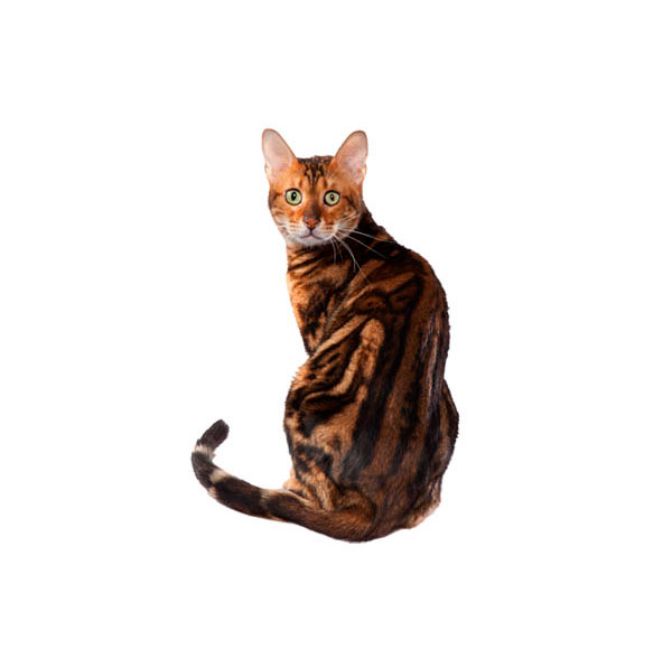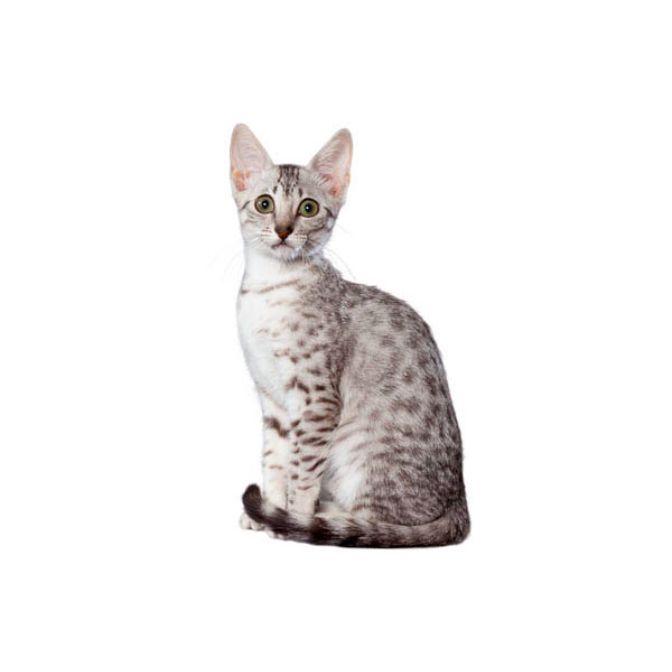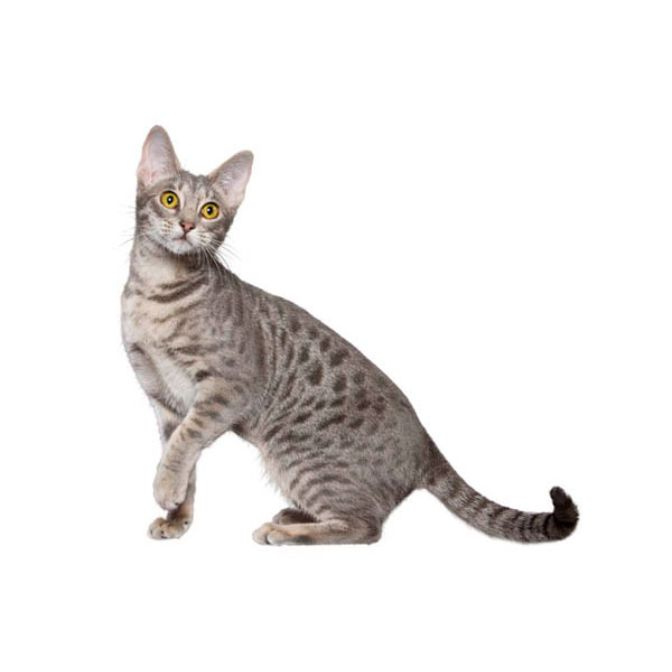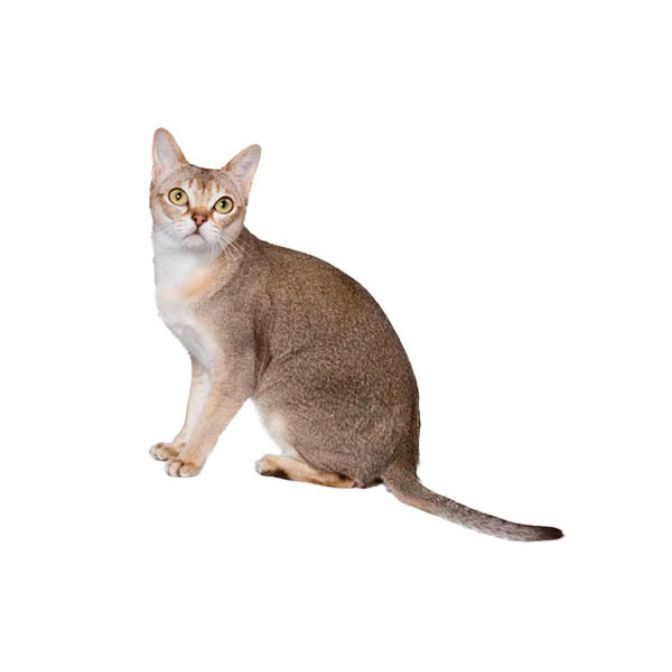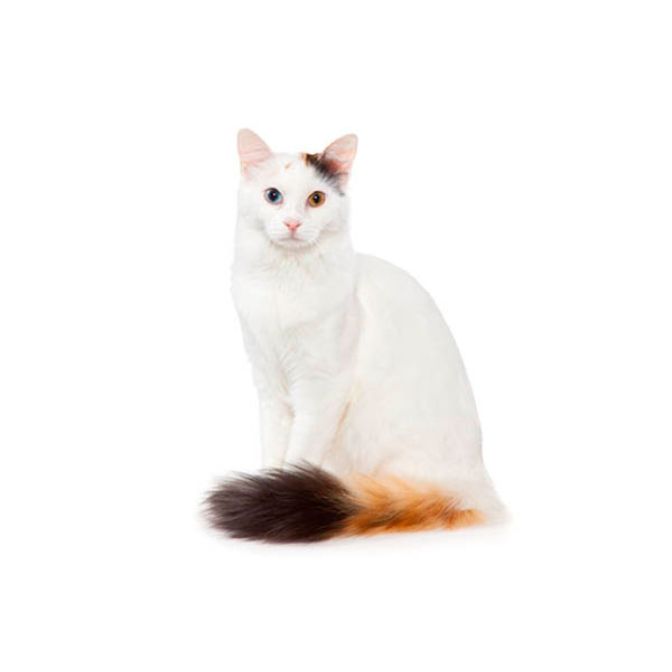Bengal
Bengal Cats are curious and confident with the tameness of a domestic tabby and the beauty of an Asian Leopard Cat. Learn more about Bengals and their playful personality, plus information on their health and how to feed them.
Medium To Large
Medium
High
4 to 8kg.
Bright orange to light brown, with dark spots or a distinctive marbling pattern
Bengals are known for their exceptional intelligence, high energy levels, and active nature. These remarkable cats possess a unique love for water, often displaying a fascination with splashing and playing in it. Their agility and natural athleticism make them excellent climbers, and they have a penchant for exploring high places. Bengals are also known for their distinctive vocalizations, often expressing themselves with a unique and melodious voice.
In addition to their remarkable traits, Bengals are known for their sociable nature. They tend to get along well with other pets and people, making them a great addition to multi-pet households or families. Their friendly and outgoing personalities make them a joy to be around, as they eagerly engage with their human companions and enjoy interactive play.
Bengal Cats have an athletic appearance with well-defined muscles, creating a lean, balanced appearance. They feature high cheekbones, dark markings around the eyes and the ears are small and pointed but round at the tips. Their coats have a unique, plush feel unlike any other cat breed.
12 to 16 years
There are three different coat colours of the Bengal: Traditional Tabby colours: Brown Spotted & Brown Marbled. Sepia Tabby Colours: Seal Sepia Spotted Tabby & Seal Sepia Marbled Tabby. Mink Colours: Seal Mink Spotted Tabby & Seal Mink Marbled Tabby.
A Bengal is fairly low maintenance. She won’t shed much and is an efficient self-groomer.
Although responsible breeders make every effort to avoid health complications and genetic disorders in their felines, there are some conditions you should be aware of.
Bengals may suffer from distal neuropathy and flat-chested kitten syndrome, both of which typically resolve on their own as the kitties mature. As they age, Bengals may develop other problems like hip dysplasia, hypertrophic cardiomyopathy, patellar luxation and progressive retinal atrophy.
Bengals are a large cat and requires approximately 80 Kcals of food per kg of bodyweight per day. Although this is a large cat it must not be obese and a careful watch must be kept on the diet.
The Bengal Cat is a hybrid of a domestic cat with the wild Asian Leopard Cat. The first crossbreed was performed by Jean Mill in 1963, but the hybrid wasn’t perfected until the mid-1980s. Today, Bengals are bred only with each other.
The Bengal Cat’s name comes from the scientific name for the Asian Leopard Cat, Prionailurus bengalensis.
Bengals are the only domestic cat with rosettes that resemble the markings on leopards, jaguars and ocelots.
The International Cat Association (TICA) accepted the Bengal for championship status in 1991 and the American Cat Fanciers Association (ACFA) accepted the breed shortly thereafter. The ACFA rescinded their acceptance after second-generation felines reportedly caused problems at cat shows. The Bengal was reinstated to ACFA in 1997 with the caveat that any cats shown had to be fifth generation.
